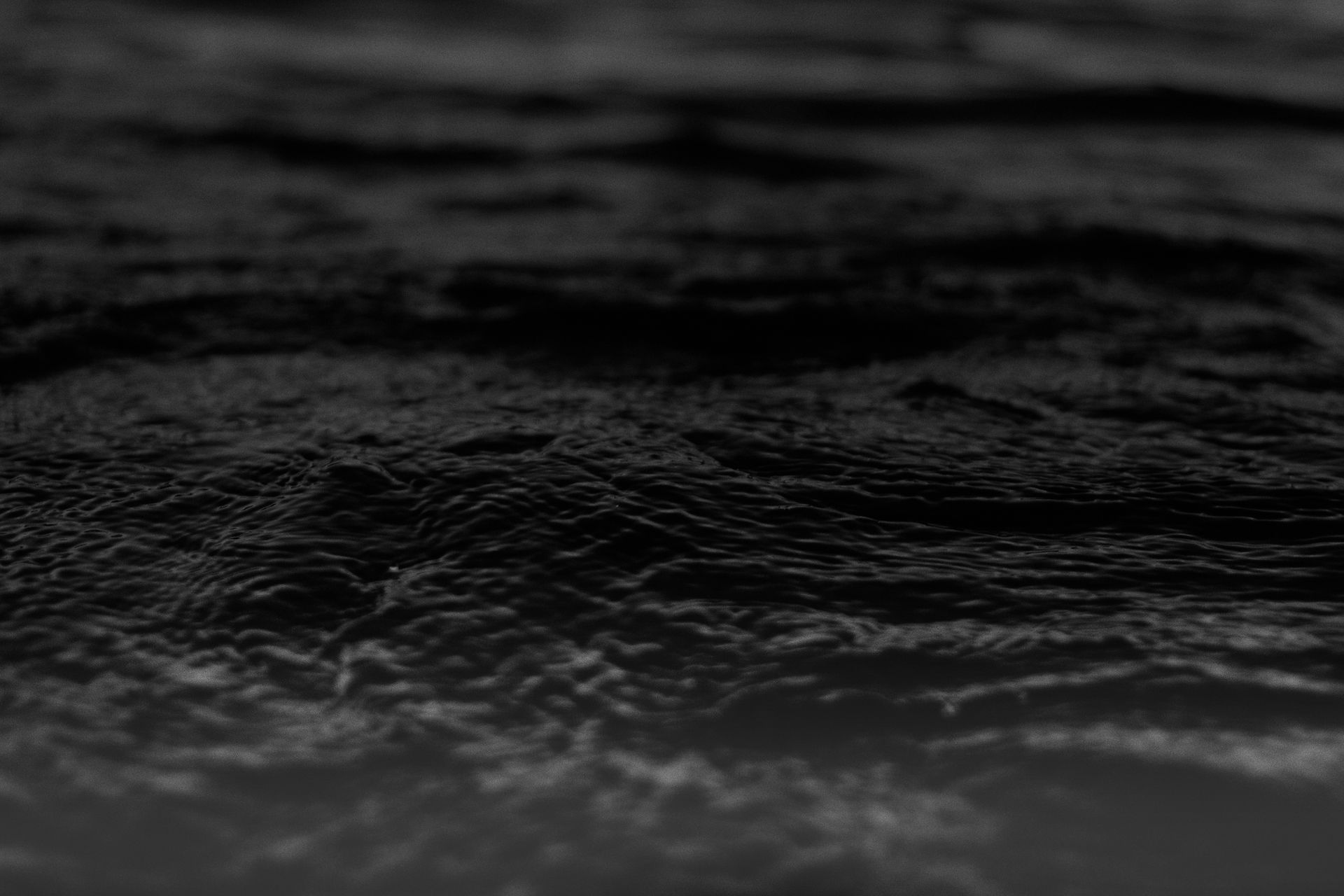A Note on Harmful Algal Blooms
- Mark Wilbert

- Jan 6, 2022
- 2 min read

Those familiar with fishing Lone and Pass lakes, the two quality trout lakes on or near Whidbey Island, know that they have significant, and often unhealthy, seasonal algal blooms. As water temperatures rise throughout the summer, algae grow more and more rapidly. By fall the water can be bright green. The blooms can be harmful to fish and deadly to pets and people because of the toxins they produce.
For years people speculated on causes and possible cures, but there was really no empirical information. For Lone Lake that changed In June of 2020 when the Whidbey Island Conservation District (WICD) released a draft report, Draft Lone Lake Algae Management Plan. This report, funded by the Washington State Department of Ecology, prepared by Herrera Environmental Consultants, and with significant help from Lone Lake resident, Mark Sytsma, details the physical, chemical, and biological characteristics of the lake as they relate to algal blooms and offers several management options. The entire report is worth your reading, but my overly simplified bullet point take-aways are:
Phosphorous is the chemical that needs to be managed in order to control the Lone Lake algal blooms;
While phosphorous load in streams flowing into Lone Lake are significant and warrant further study, the flow of these streams is very low, making control of their phosphorous loads less important in the short-run than management of phosphorous availability within the lake itself.
The preferred treatment to reduce phosphorous is the application of alum. Several techniques are presented in the report.
To date, no treatments have been made to Lone Lake, largely because of a lack of funding. While there is no immediate prospect of funding, a noteworthy step in the right direction has been taken by the Washington Association of Conservation Districts (WACD). As a result of a resolution offered by Whidbey Island Conservation District representatives (WIFFC's own, Dave Edwards, being one of these), WACD will create a working group to "assess the status of HABs [Harmful Algal Blooms] in the state, the adequacy of current funding for monitoring HABs, the adequacy of funding for programs to address HABs statewide, and to recommend actions that conservation districts should take to reduce the frequency and duration of HABs in Washington." Three cheers for the Whidbey Island Conservation District for elevating the need for action on algal blooms.
I've also learned that The Island County DNR has developed a policy for the Health Department on blooms, and they are in the initial stages of forming a volunteer lake monitoring program for the county. Anyone interested in learning more about this policy or becoming a volunteer should contact Matthew Colston, Environmental Health Specialist-Surface Water Quality at Island County Department of Natural Resources at (360)678-7987.



Comments